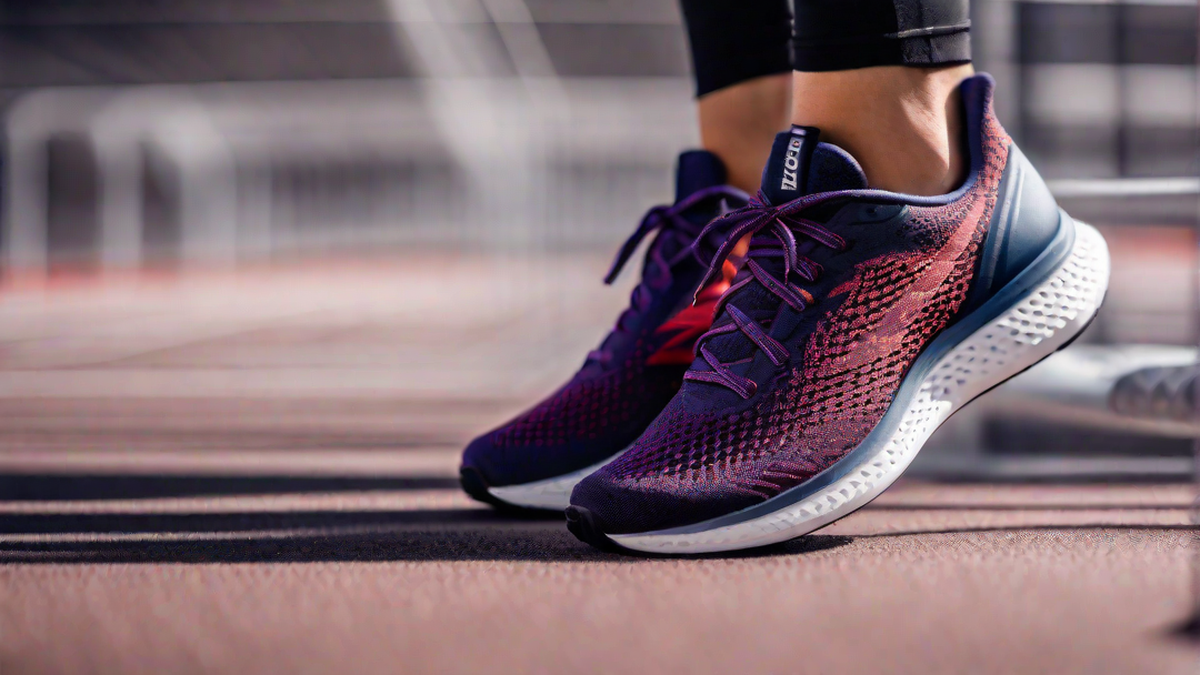As a dedicated runner, I have spent countless hours researching and trying out different types of running shoes in order to find the perfect fit for my feet. One of the most important factors I consider when choosing a pair of running shoes is the level of arch support they provide.
Arch support plays a crucial role in preventing injuries and enhancing overall running performance. It helps to maintain proper alignment of the foot and provides stability and balance during each stride. However, there is often confusion surrounding whether running shoes have arch support or not.
Let’s dive deep into this topic and explore the truth about arch support in running shoes.
Understanding Arch Support
Before we delve into the world of running shoes, it’s important to understand what arch support actually means. The arch of the foot is the curve formed by the bones, ligaments, and tendons that make up the midsection of the foot. This arch helps distribute weight and absorb shock while running.
Arch support refers to the additional structure within a shoe that helps to maintain the natural shape of the foot’s arch. It can be provided through various means such as cushioning, insoles, and specialized shoe designs.
The Truth About Running Shoes
Contrary to popular belief, not all running shoes come with built-in arch support. There are diverse types of running shoes available on the market, each catering to different foot types and running styles.
Neutral running shoes, for instance, are designed for runners with a normal arch or those who supinate (roll the foot outward). These shoes typically have minimal arch support as the foot’s natural arch is already well-maintained.
On the other hand, stability running shoes are specifically engineered for runners with a low or flat arch or those who overpronate (roll the foot inward excessively). These shoes come with more pronounced arch support to help correct the foot’s alignment and provide added stability.
In addition to stability shoes, there are also motion control shoes that offer maximum arch support. These shoes are recommended for runners with severe overpronation or flat feet.
Getting the Right Fit
While it’s essential to consider the level of arch support in a running shoe, it’s equally important to ensure a proper fit. No matter how much arch support a shoe has, if it doesn’t fit your feet correctly, it won’t provide the desired benefits.
When shopping for running shoes, it’s advisable to visit a specialized running store where trained professionals can help assess your foot type and recommend the appropriate level of arch support. Trying on multiple options and taking them for a test run is crucial to determine which shoe feels the most comfortable and supportive for your unique needs.
In Conclusion
So, do running shoes have arch support? The answer ultimately depends on the type of running shoe you choose based on your individual foot type and running style. It’s important to remember that one size does not fit all when it comes to arch support.
Investing time in understanding your foot’s needs and finding the right running shoe with the appropriate level of arch support can significantly impact your running experience, reducing the risk of injuries and enhancing overall performance.
Happy running!

